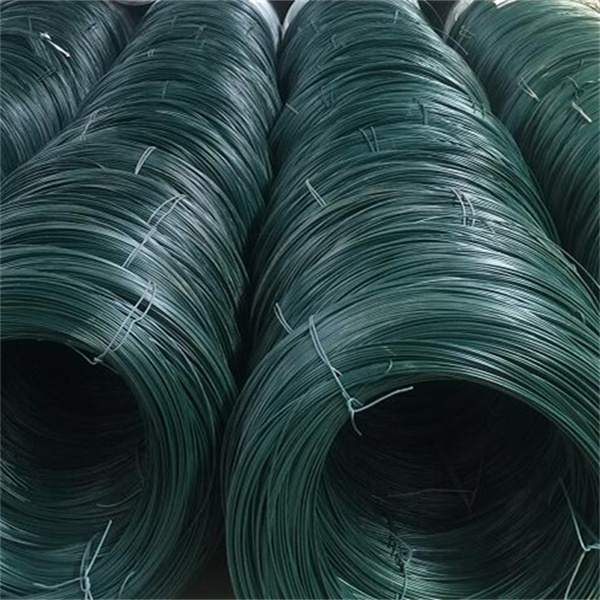Jul . 31, 2024 18:58 Back to list
Exploring the Unique Aesthetics and Durability of Gabion Textures in Modern Landscape Design
The Art and Functionality of Gabion Textures
Gabions, often constructed from wire mesh filled with stones or other materials, are a prime example of how functionality and aesthetics can come together in modern engineering and design. The term gabion originates from the Italian word gabbione, meaning large cage. These structures have been utilized for centuries for various purposes, including erosion control, retaining walls, and decorative landscaping. However, it is the texture of gabions that truly enhances their appeal and showcases their versatility.
One of the most striking aspects of gabion structures is their texture. The combination of the rigid wire mesh and the irregularly shaped stones creates a unique tactile experience. This contrast between the hardness of the metal and the roughness of the stone can add depth and character to a landscape. When viewed from different angles, the interplay of light and shadow across the surfaces of the stones transforms the appearance of the gabion, adding layers of visual interest.
Moreover, the texture of gabion walls can vary significantly based on the type of stone used and the method of construction. For instance, using rounded river stones produces a smoother, more organic texture, while angular rocks create a more rugged and industrial look. This variety allows architects and landscape designers to tailor gabion features to suit specific aesthetic goals or environmental contexts, making them suitable for a multitude of settings, from urban landscapes to natural parks.
gabion texture

Beyond their aesthetic attributes, gabions play a crucial role in environmental management. Their porous nature allows water to flow through, which helps mitigate erosion while providing a natural filtration system for stormwater runoff. This characteristic is particularly beneficial in areas prone to flooding, as the structures help to stabilize the soil while allowing for the natural movement of water. The textures created by the stones in the gabion walls enhance this functionality, as the varied shapes and sizes of the stones can trap sediment and promote the growth of vegetation, further assisting in erosion control.
In addition to their practical uses, gabions have also found a place in contemporary design as an artistic medium. Artists and designers have begun to explore the concept of gabion art, creating installations that challenge traditional notions of sculpture and architecture. By filling gabions with materials beyond just stones—such as recycled glass, ceramic tiles, or even living plants—creators can introduce new textures and colors, effectively transforming gabions from mere utility structures into dynamic works of art.
The versatility of gabion textures also extends to their application in urban design. In parks and public spaces, gabions can serve as seating, planter boxes, or barriers while simultaneously elevating the overall aesthetic of the environment. Their rugged appearance can harmonize beautifully with natural landscapes, while also providing a stark contrast to sleek, modern architecture. This duality allows for creative expressions and innovative uses that enhance both form and function.
In conclusion, gabion textures are more than just a visual element; they embody a synthesis of utility, artistry, and environmental consciousness. From their design in erosion control systems to their role in contemporary art, gabions represent a unique intersection of nature and human creativity. As our approach to building and landscaping continues to evolve, the exploration of gabion textures will undoubtedly expand, offering endless possibilities for innovation and expression in both engineering and design.
-
Why PVC Coated Gabion Mattress Is the Best Solution for Long-Term Erosion Control
NewsMay.23,2025
-
Gabion Wire Mesh: The Reinforced Solution for Modern Construction and Landscape Design
NewsMay.23,2025
-
Gabion Wall: The Flexible, Seismic-Resistant Solution for Modern Landscaping and Construction
NewsMay.23,2025
-
Gabion Wall Solutions: The Durable, Decorative, and Affordable Choice for Every Landscape
NewsMay.23,2025
-
Gabion Basket: The Durable and Flexible Alternative to Traditional Retaining Walls
NewsMay.23,2025
-
Gabion Basket: The Proven Solution for Slope Stability and Flood Control
NewsMay.23,2025
-
Versatility of Chain Link Fence Gabion
NewsMay.13,2025






